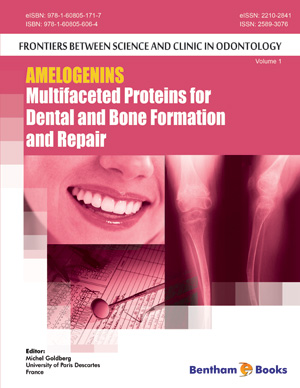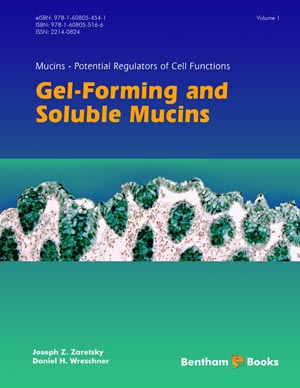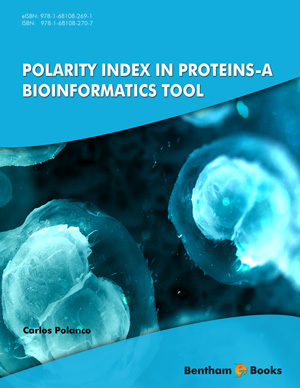Abstract
Proteins produced from the DSPP gene are critical for normal dentin and tooth formation. Allelic mutations in the DSPP gene cause a variety of phenotypes that range in severity. The most common condition caused by DSPP mutations is dentinogenesis imperfecta type II (DGI – II). The DGI –II trait is highly penetrant and transmitted in an autosomal dominant manner. De novo mutations that cause DGI-II occur but appear to be rare. The clinical phenotype is characterized by amber to blue gray discoloration of both the primary and permanent dentitions and teeth that may be normal or diminished in size and can have a marked constriction at the cementumenamel junction. The pulp chambers tend to fill in with irregular dentin that has an increased water content, decreased mineral content and diminished number of dentinal tubules. The second phenotype associated with DSPP mutations is known as dentin dysplasia type II (DD-II). This trait is essentially the same as DGI-II in the primary dentition with an attenuated expression in the permanent dentition. The permanent teeth tend to have normal or only slight color changes and normal crown and root morphology. The pulp chambers are frequently abnormal in morphology with anterior teeth often having a thistle tube shaped pulp chamber. Investigators continue to search for phenotype-genotype relationships with over 30 DSPP gene mutations reported to date. Investigators suggest that certain frameshift mutations lead to DD-II while others feel there is overlap in locations of mutations and the DGI-II and DD-II phenotypes. The specific molecular basis and mechanism for the differences in clinical phenotypes and severities that result from these allelic DSPP mutations are not known at this time.
Keywords: DSPP, dentinogenesis imperfecta, dentin dysplasia, dental phenotype, gene mutations.











